What? Two posts in the same week?! Yes, and this one includes more pictures:
After a total of 37 days of traveling (including my time
in Fujian), I’m finally back in Changsha. The last several weeks were a lot of
fun and chock full of learning experiences, but they also drained me of every
ounce of energy I had. The last week I have before school starts will be
well-spent both resting and getting myself prepared for the semester. Here’s an
outline of my trip.
Singapore
My already-late flight was delayed departing Xiamen.
Thus, I arrived at my hostel in Singapore at 4am and, despite the forewarning
of my late/really early arrival, no one was around to open the door for me. I
gave up on ringing the doorbell and decided to find an open convenience store
to purchase a SIM card. I finally made it into the hostel and into my bed at
5:30am and was up at 9:30am ready to start my day. I’ve always had trouble
sleeping in for too long. My first impression of the city (country) was that it
really is as clean as they say it is. There are all sorts of laws about
littering and any other irresponsible acts, like selling chewing gum, that
diminish other people’s quality of life. My second impression was how
multicultural it is. A significant part of the population is ethnically Chinese
and there are also a lot of foreigners that live there, but the country really seemed
to be a gigantic mixing pot. People who live in Singapore are taught two
languages. Instruction in universities is conducted in English, but as kids
grow up, they are also taught a second language associated with their background.
For example, people who are ethnically Chinese will learn both English and Mandarin.
The fact that English is the primary language made it really easy for me to
find my way around the city and Mandarin came in handy whenever English wasn’t
useful.
In Singapore, like in all of the countries I went to, I
spent a LOT of time in museums. For one reason or another, I’ve always enjoyed
myself in museums and find it easy to lose myself in reading the placards. My
favorite was the Asian Civilizations Museum. It was absolutely huge and a great
place to get a better understanding of SE Asia’s history before I went to the
other countries on my itinerary. In addition to the museums, I took a boat ride
up and down the Singapore River, had a Singapore Sling at the Raffles Hotel
where it was invented, took a ride on the Singapore Flyer (the world’s largest
observation wheel), saw the Merlion statue guarding the mouth of the Singapore
River, visited the Chinese and Japanese gardens, took a stroll through the
National Botanical Gardens (which included the National Orchid Garden), visited
the Buddha Tooth Relic (Buddhist) and Sri Mariamman (Hindu) temples, and wandered
through Little India and Arab St. When I wasn’t sightseeing, I was eating, but
to be honest, Singapore’s food wasn’t particularly exciting. A lot of
Singaporean food is actually just Chinese food taken from southern Chinese
people who immigrated to Singapore to find work earlier on in its history. Chicken
rice is the staple dish (and its admittedly pretty good, despite how bland it sounds),
but my favorite was Chilli Crab. I also enjoyed the fresh juice drinks that
were readily available from street vendors as well as the dried pork snacks
from some Chinatown shops. Unfortunately, I would say the average meal from
anywhere besides a hawker stall cost about 15 USD, which is significantly more
expensive than pretty much anywhere in Asia. That being said, I could find any
kind of food I was craving in Singapore, and it was nice to have so many
options.
Kuala Lumpur, Malaysia
The first thing I learned is how important of a crop palm
trees are for Malaysia’s export industry because of the many different products
that can be made with them. We’re not talking the tall, picturesque kind that
are prevalent in Hawaii, but rather, the short, stubby kind that are more
utilitarian. There were massive groves of palm trees lining the roads for the
entire one-hour, $20-dollar taxi drive to my hostel. Kuala Lumpur was an
entirely different world than Singapore and felt much more…well-worn. Malay,
Chinese, and Indian are the three primary ethnic groups in Malaysia. Islam is
the official religion, though Hinduism and Christianity definitely exist. I was
actually told by someone I met that both your ethnicity and your religion are both
displayed on national ID cards, which I thought was interesting. In KL, I
walked an average of 9-10 miles a day, so I became very sensitive to the fact
that KL has very few crosswalks and the crosswalks that do exist don’t have
working traffic lights for pedestrians. To get around, I literally had to run
across high-speed freeways when there were breaks in traffic (sorry mom and
dad), but the time I spent playing Frogger must have paid off since I’m still
around to tell about it. I saw the Islamic Arts Museum, Malaysian Royal Police
Museum, the KL Bird Park (the largest free-flight aviary in the world),
the National Museum, the Tian Hou (Buddhist) and Sri Mahamariamman (Hindu)
temples, National Independence Plaza, the Menara KL Tower, the Petronas Twin
Towers, Central Market, Petaling St. (the Chinese street market area), and Masjid
Jamek (one of the city’s better-known mosques). However, my two favorite places
were the Batu Caves and the Masjid Negara. The Batu Caves is a Hindu place of
worship located in, you guessed it, some caves. The entrance is pretty
impressive and has a gigantic statue of Murugan, who is one of the sons of
Shiva. I got there pretty early and had the opportunity to watch some sort of
ritual that involved the cleaning of some sort of sacred object. I was quite
obviously the only non-Hindu present since everyone else was wearing special
clothing and either standing in or seated in the temple area, so I didn’t want
to interrupt to ask specifics. It was a pretty fascinating experience. I also
took a tour of the Dark Cave, which is a nature and wildlife preservation site located
in the same area. I’ve never had a fear of bugs, but the cave was home to one
of the most terrifying bugs I have ever seen in my life: the cave centipede.
You can click here
for an example of what they look like. Even better than the Batu Caves,
however, was surprisingly my trip to Masjid Negara, or Malaysia’s National
Mosque. I was told that the word “mosque” may potentially have a history that
makes it a pejorative and was asked to use the word “masjid” instead, which
means “place of prostration.” All of the masjids I visited were open to
visitors during certain times of the day. When I went to Malaysia’s National
Masjid, it was fairly empty of visitors. When one of the volunteers who was
stationed at an information table found out I am American, she got really
excited and offered to take me on a personal tour. I got the impression she was
eager to combat any misperceptions about Islam that I may have held prior to my
visit. I got much more history about the masjid than I would have gotten on my
own and even got to look down into the prayer room from the balcony, which is normally
closed to non-Muslims. She just finished her Ph.D. in Islamic Studies in
Turkey, so it was really interesting to hear what she had to say and to see
firsthand some of the differences between Islam and Christianity. I learned way
more than I had expected and appreciated the enthusiasm and kindness of the
woman I met. It’s definitely an experience I’ll remember. As with Singapore,
when I wasn’t sightseeing or taking a break, I was eating. The food in Malaysia
was pretty good and seemed to have a fairly strong Indian influence with breads
and curries, but Chinese food was also readily available.
Jakarta, Indonesia
I think Indonesia would have been my favorite country of
the ones I visited if I had gone somewhere other than Jakarta. There are a huge
number of ethnic/indigenous groups in Indonesia, many of which have their own
languages, traditions, and food. For example, many people have probably heard
of Bali, which is a popular tropical vacation destination. Bali is actually not
a country—it is an island/province in Indonesia and has its own variations on
food, its own dances, and even a different primary religion than Indonesia’s
official religion (Hinduism vs. Islam). Jakarta provided only a very, very
small window into the cultural richness I think exists in the country. In
addition to not highlighting the country’s diversity, Jakarta’s museums, in my
opinion, do far less than they could in terms of preserving and showcasing the
country’s national history. This being said, I still enjoyed myself. I met two
girls in Singapore who are about my age, live in Jakarta, and happened to
return from their vacation a day or two before I arrived in their hometown.
They offered to show me around the city and took me to several places including
Jakarta’s beach, the University of Indonesia where they went to school, and a
massive park that has buildings and sights representative of the whole of
Indonesia. It was a lot of fun, and they offered some interesting insights into
life in Indonesia. The public transportation in Jakarta is still in rather
early stages of development, but since traffic in Jakarta is heinous at all
hours of the day, it was helpful that they taught me how to use the city buses.
While in the city, I also had the opportunity to meet up with one of my dad’s
friends who has lived in Southeast Asia for a long time and whose work centers
on Southeast Asia. He also offered some interesting perspectives into
Indonesian life and dynamics in Southeast Asia more generally. As far as dining
goes, the street food was pretty darn good, but my favorite was a restaurant
called Lara Djongrang. It was meticulously decorated with Indonesian cultural
artifacts, the food was great, and the staff was friendly. I had fried tempe,
fish curry, chicken curry, beef curry, and a couple other side dishes with rice
followed by a really good dessert with ice and all sorts of fruit. The
restaurant was hosting a large group that night that hired Balinese dancers to
perform, and since I made friends with the manager prior the group’s arrival,
he let me into their dining area to watch. Yes, I know, I’m shameless. Overall,
I would characterize my time in Jakarta as very enjoyable and especially so
with the people I had the chance to meet with while I was there. However, I
hope to go back one day and spend some time in different areas.
Manila, Philippines
I only planned for three days in Manila because it doesn’t
have the best reputation as the nicest city in the world…or the safest.
However, it was the only place I went where I went non-stop without mid-day
breaks and still felt like I could fill up a couple more days with stuff to do.
I really, really enjoyed myself. First off, the food was way better than I had
expected, and I actually came to look forward to meal times so that I could try
what the city had to offer. A pork adobo sandwich and a halo-halo (halo-halo
means “mix-mix” and is a dessert of ice mixed with milk, young coconut, various
jellies, plantain, beans, and a bunch of other stuff) was my favorite meal.
During my first day in the Philippines, I did what every piece of advice for
travel to the Philippines says not to do: I wandered outside the city. I took a
public transit bus about an hour outside of Manila and then took another
one-hour ride on a jeepney (picture below) to visit a volcano in a city
(village?) called Tagaytay. The volcano was interesting and very pretty, but I
was simply content that I made it there without any problems, especially since
my pre-paid SIM card ran out of money a mere one hour after I purchased it. For
a number of reasons, I decided not to boat over to the volcano and instead took
a one-hour ride around the area in the sidecar of a motorcycle before getting
lunch and beginning my 70km ride back to Manila. All in all, the entire day’s
trip cost me about $15, and It was worth every penny. That night and the next
day, I visited a couple museums, visited the largest mall in Asia, and took a
tour of Intramuros, the old part of Manila that was really devastated by World
War II. The tour guide was great and offered a new perspective on the
injustices both Manila and the Philippines as a whole have suffered at the
hands of other countries over the course of its history. I definitely don’t
agree with everything he had to say but also think he had a lot of valid points.
In fact, one of my takeaways from my trip as a whole is the incredible mark on
history left by colonialism and the impacts still being felt in countries
around the world because of it. I spent my last day taking a boat to Corregidor
Island, which is where General MacArthur departed for Australia before his
subordinate General Wainwright surrendered the Philippines to the Japanese
during World War II. Following the surrender of the Philippines, the infamous Bataan
Death March began. Our tour guide said something as she took us around that I
thought was particularly interesting. The tour guides intentionally take Japanese
tour groups on a different tour route so that they avoid areas of the island that
depict comfort women in the Philippines during the Japanese occupation. Even
today, comfort women is a hotly contested political issue between Japan and
other Asian countries, and it was interesting to see that this issue has
implications in everyday interactions.
General Comments/Reflections
Several people have asked me what it was like traveling
on my own. I admit that, in an ideal world, it would have been best if I had
been able to find some friends or classmates to go with me, but a whole host of
constraints simply made this infeasible. So, considering the constraints, going
by myself proved to have a range of benefits. First, I could do whatever I
wanted, eat whatever I wanted, rest when I wanted, all without a set schedule,
and then change plans when anything wasn’t working for me. In fact, becoming
more flexible/adaptable was a personal goal of mine for my time in China, and
traveling on my own proved to be an awesome opportunity to practice.
Surprisingly, the fluidity of the trip was one of my favorite things about it,
and despite the seemingly haphazard nature of it, I was somehow still able to
see everything I wanted. During my trip, I also felt a tangible increase in my
level of self-confidence. I learned how to better stand up for myself, assert
myself when it’s appropriate, navigate unknown areas, and get myself out of
situations that make me feel uncomfortable. There are still plenty of
challenges ahead in China, but since I’ve come back from my trip, I feel well-prepared
to meet them. I think the outcome would have been very different if I had not
taken the trip on my own.
One last parting thought. I think that, as an American, I
am blessed in many ways. One of these ways that I rarely consider is the fact
that English is my mother tongue. People in every country I went to spoke
English to one extent or another, even if it was in a very limited capacity. I
can go pretty much anywhere in the world and communicate my needs to others (taxi,
food, hotel…) without too much of an issue. How cool is that?!
And that’s it, until next time…
The Singapore Flyer
The view from the Singapore Flyer.
Downtown Singapore from the harbor.
A Singapore Sling at its birthplace, the Raffles Hotel
Pagoda at the Chinese Gardens in Singapore.
National Orchid Garden in Singapore.
Merlion statue that guards the mouth of the Singapore River (I did not photoshop myself into this picture).
Supertrees at Gardens by the Bay with the Marina Bay Sands in the background. The trees put on a light show at night.
Chinatown in Singapore. My hostel was on this street.
Singaporean Chilli crab claw the size of my hand.
Singapore at night.
A glimpse of Kuala Lumpur.
National Masjid in Kuala Lumpur with the volunteer who took me on a tour.
Another glimpse into the feel of Kuala Lumpur.
Jalan Alor market in Kuala Lumpur.
Batu Caves Hindu temple in Kuala Lumpur.
A cool bird in the KL Bird Park.
Ladies only train car in Malaysia (also available in Jakarta).
Monkey at the Batu Caves.
Inside the Dark Cave preservation site in Kuala Lumpur (the one with the scary-ass centipedes).
Petronas Twin Towers in Kuala Lumpur.
View from the Petronas Twin Towers.
View from the National Monument in Jakarta.
Mini Indonesia Park in Jakarta.
The vans that supplement the public transport system in Jakarta.
A representative picture of the traffic situation in Jakarta.
The president's building at the University of Indonesia with a friend.
Dinner at Lara Djongrang, an incredibly well-decorated restaurant in Jakarta.
A glimpse of an older part of Jakarta.
Tagaytay volcano with boats from a fishing village.
My transport vehicle in Intramuros in Manila.
My driver Joshua in Manila.
San Augustin Church in Manila.
Corregidor Island
One of the artillery batteries on Corregidor.
Corregidor with Bataan in the background.
A Jeepney - an integral part of the public transit in Manila.









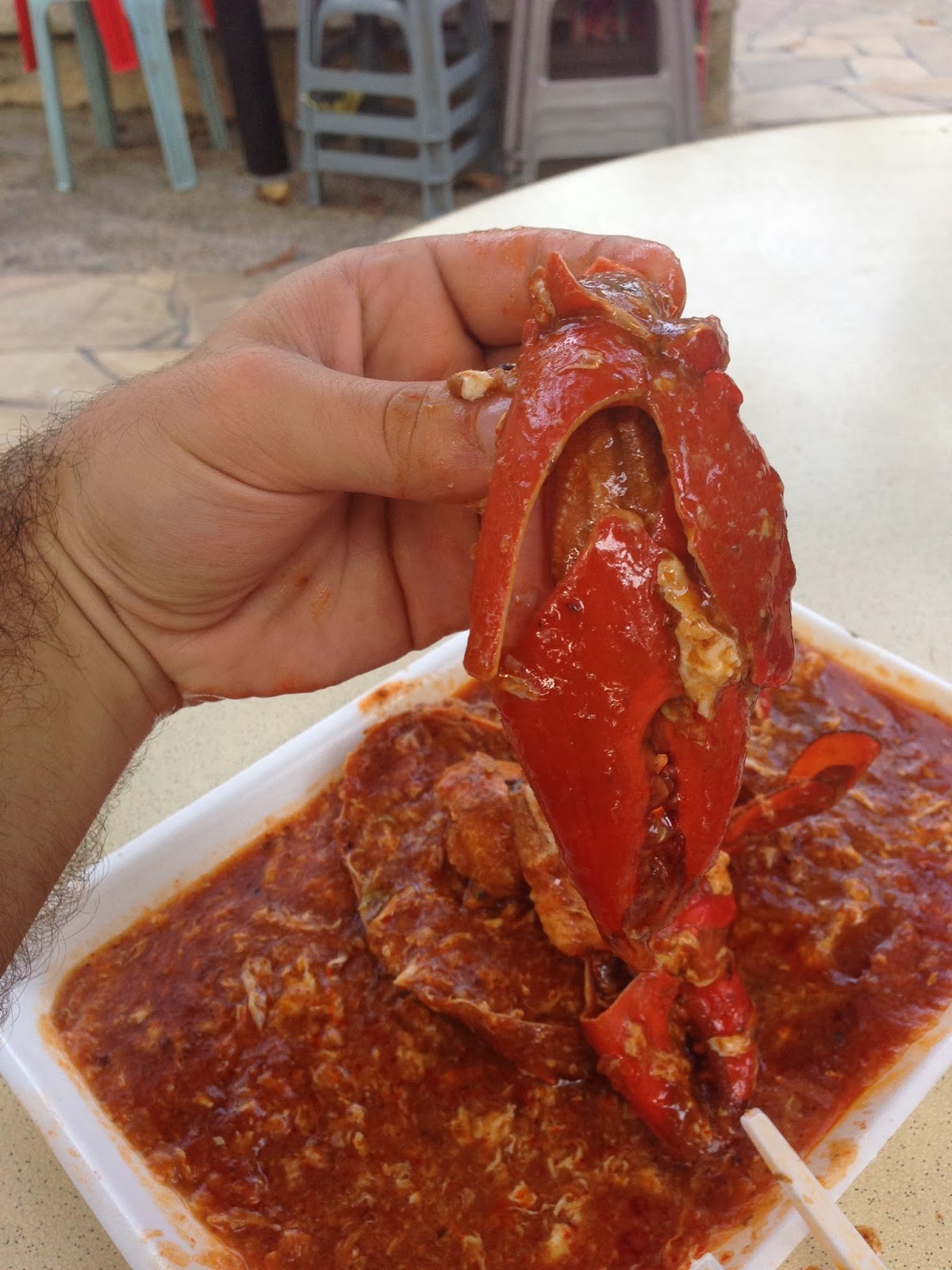



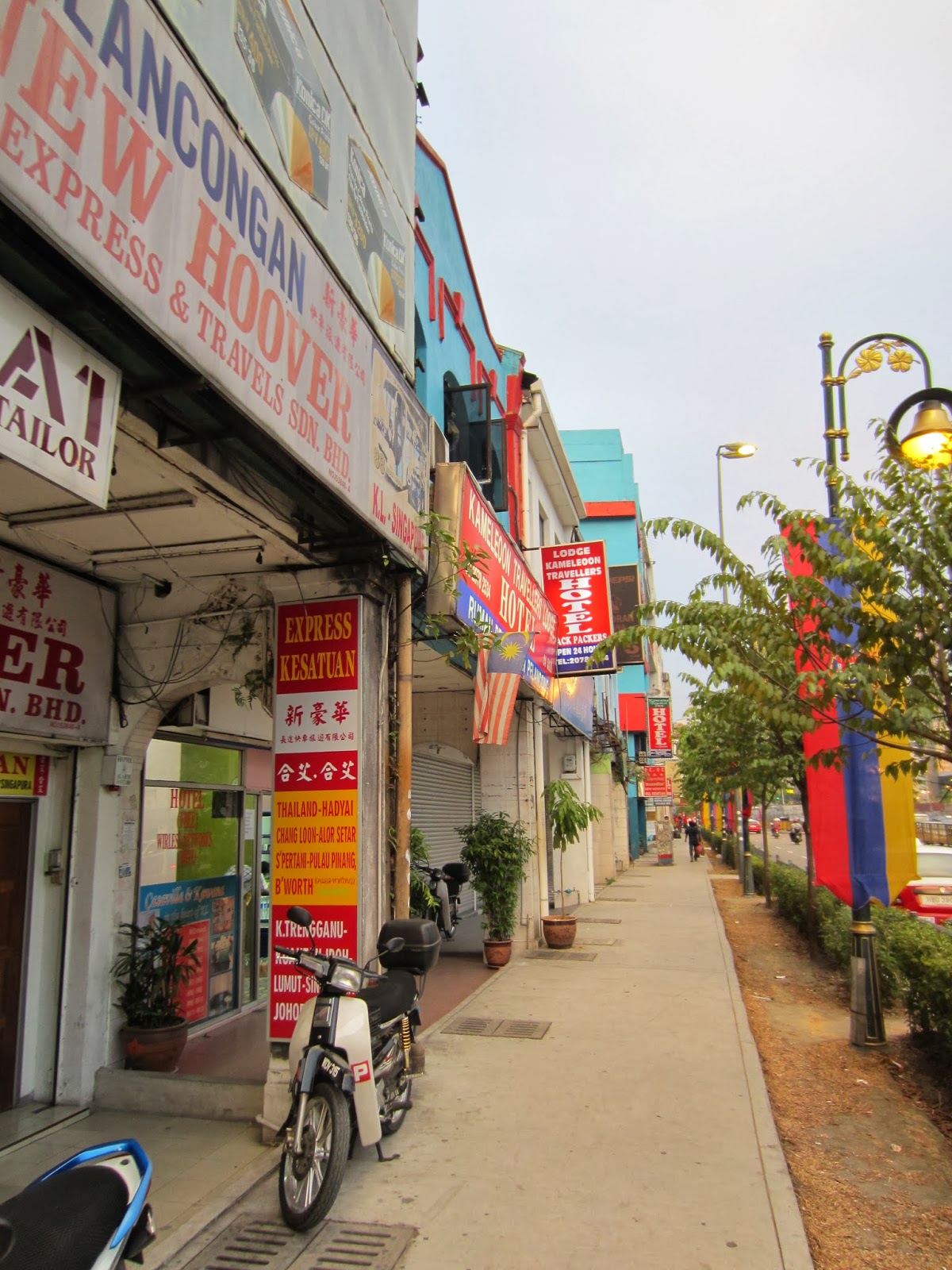
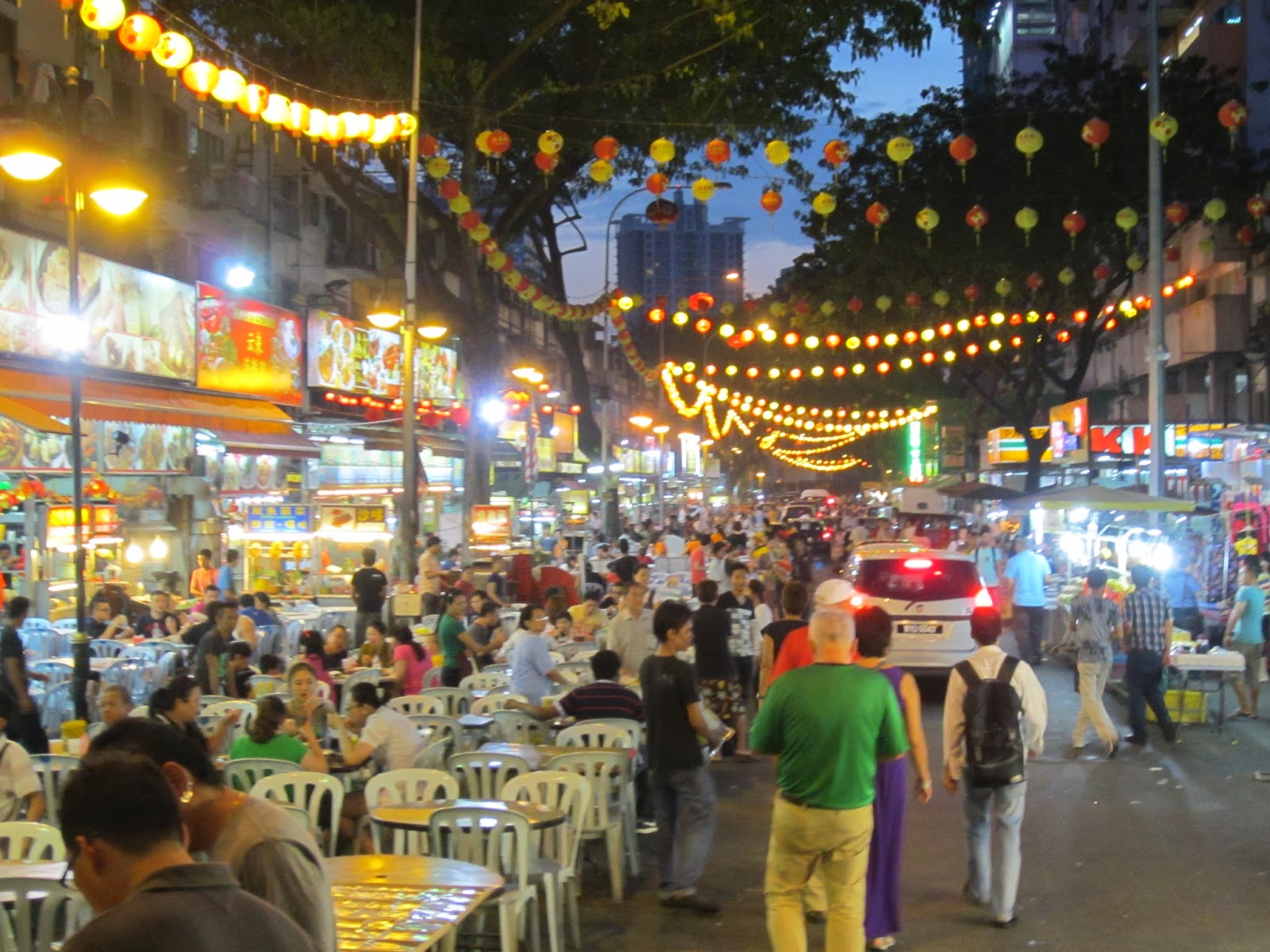






















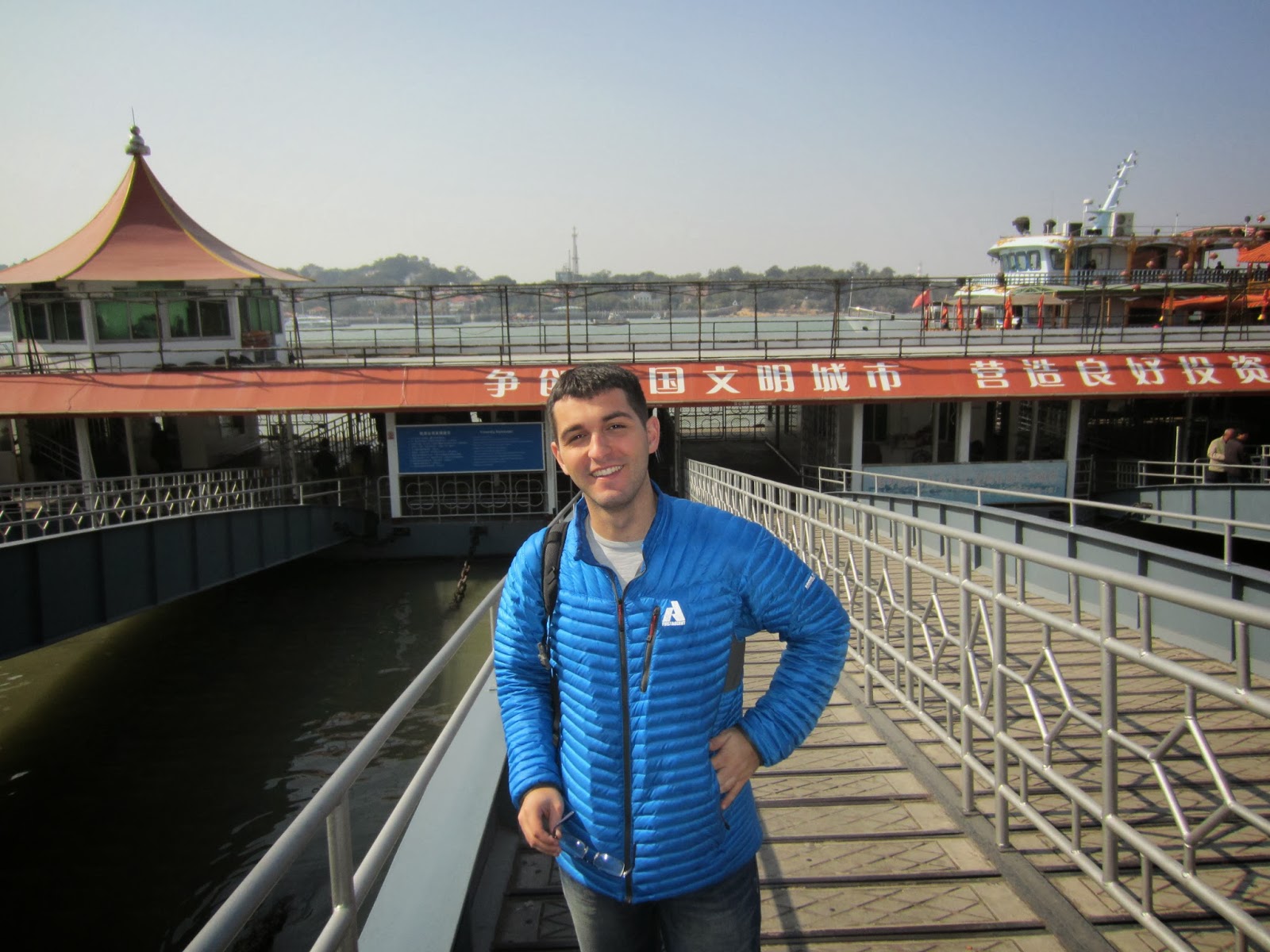


.JPG)
.JPG)
.JPG)
.JPG)










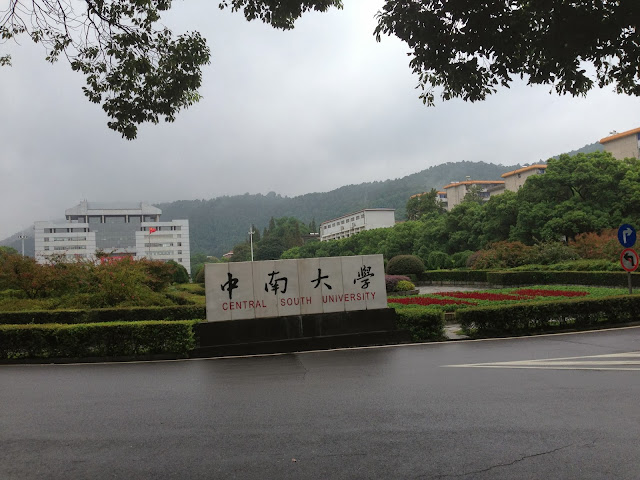
.jpeg)
.jpeg)

.jpeg)
.jpeg)
.jpeg)
.jpeg)
.jpeg)
.jpeg)